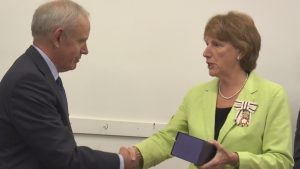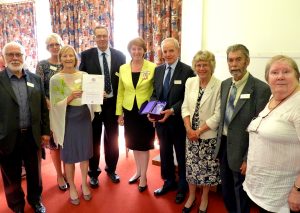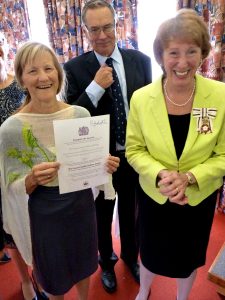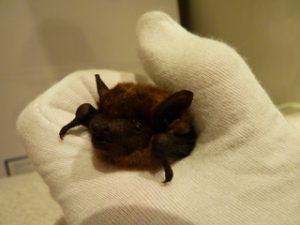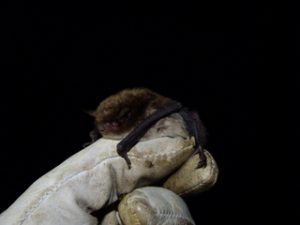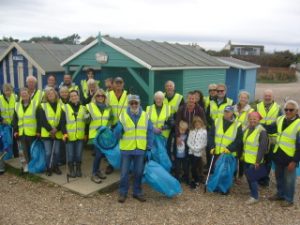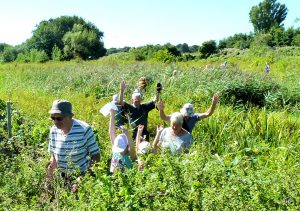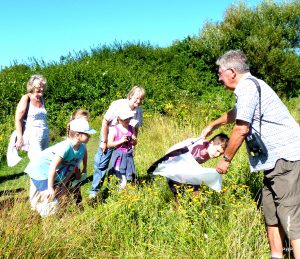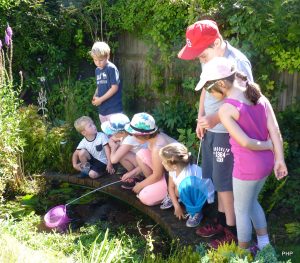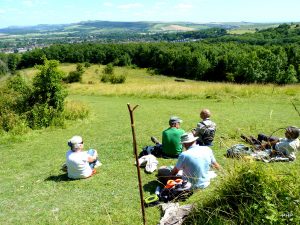As November can often prove to be a gloomy month, what better tonic for our Group than to welcome Michael Blencowe into our midst. Michael, in his usual jovial and entertaining manner, introduced us to the world of the nocturnal wildlife of Sussex and beyond. Michael explained that we need to use our ears as much as our eyes to understand what is happening around us during the night. Many birds migrate under cover of darkness and navigate by the stars, they feed by day and fly by night. As it is difficult to spot birds in flight in dark skies we can gain much information by listening. We may hear owls and sedge warblers among others, these birds sing extensively during the night. Michael showed us some fascinating video footage of fox cubs playing, badgers, deer, and hedgehogs that had been taken from a camera placed in local woodland. Even when we are tucked up in our beds, other creatures in our houses are wide awake; spiders and silverfish are crawling and scurrying around going about their business during the night hours. Many domestic cats are also on the prowl at night, hunting and defending their territory, and as there are 7 to 8 million now in the UK our gardens could well be a hive of activity. Michael also delighted us with photographs of his holiday to the Somiedo National Park where, in this forgotten corner of Spain, he was fortunate enough see Cantabrian bears in the wild. These animals are crepuscular and feed on grasses during twilight and dawn.
After a break for tea and mince pies Tricia Hall began her Nature Notes by advising us that the Marine Conservation Society has announced that the number of plastic bags found on beaches has almost halved in a year. Unfortunately there is still a vast amount of other rubbish found, including a significant rise in balloon litter! Tricia said that Storm Angus had dislodged red seaweed that was now laying in a 2ft layer along the beach, also green sea lettuce, sea slugs and crab shells had also been found. Stonechats were seen sitting, two by two, on the trees that were planted by the group along the Rife. Kingfishers, wagtails, egrets, teals, snipe and a water vole had been spotted in this area.
Ed Miller followed with planning news and advised us that indications are that Globe Estates (Southern) Limited are likely to submit a new planning application for a large block of 8 apartments on the site of Beehive Cottage on the corner of Beehive Lane. David Bettiss concluded the meeting with a reminder of events on Saturday 10th December. The day starts with the Tree Dressing on the village green in the morning, the Christmas Market in the village hall at 4.30pm and the official switching on of the lights at 5.30pm.

